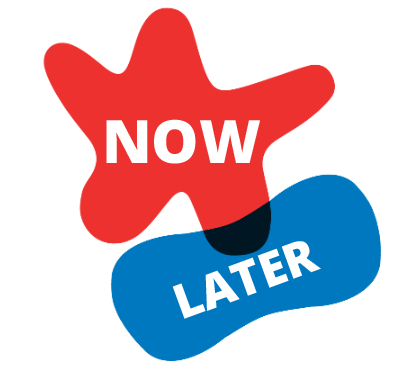
Five Emerging Retail Innovation Initiatives
There are no two ways about it, retailers must innovate in order to compete and succeed in today’s competitive environment. Innovation can mean the difference between being a market superstar or being forced to close up shop.
Author Peter Drucker once said, “If you want something new, you have to stop doing something old.” For retailers, this is a crucial motto to live by.
Customers don’t want the same shopping experience from store to store. They want to be inspired! Retail stores no longer have the luxury of just selling products. They must now sell atmospherics and a specific brand. Retailers have to test, prototype, measure, and try new things.

Over the past few months, I’ve had the opportunity to visit with several US retailers on their approaches to innovation. One of the trends that I kept hearing was that most retail companies do not have a formal innovation process. Right or wrong, they prefer to try lots of different things and gather input from technology leaders. Another theme that all of the retailers agree on is that everyone in the company must “own” innovation. Innovation champions can come from all divisions, but there must also be leaders to identify issues and find ways to address them in the age of Amazon.
During my recent conversations with retailers, I asked them which innovation trends they are most excited about in the next three years. Retailers want to continue making strides in personalization technologies to tailor offers and content to specific customers, and not just classes of customers. Retailers want to have a better understanding of traffic patterns, so we will continue to see “Beacon fever” take hold with large-scale store deployments over the next few years. Today’s most savvy retailers also recognize that they need to find ways to better connect with mobile-savvy Millennials.
Much of the current innovation work in retail right now involves digital channels. Retailers see mobile devices in stores as a key component to customer service. Many are working toward “web in store” to fulfill items that might not be in stock in a given store. Some are engaging customers to weigh in on their experiences, comment on their recent transactions, and share feedback (via mobile or an e-commerce site) on the products they’ve purchased. With the inevitable growth of mobile commerce, retailers must continue to enhance their mobile commerce strategy. One retailer that I spoke with said that feedback from iPhone users illuminated some issues that needed to be addressed within the organization, commenting “the iPhone made us better.”
In the near term, the retailers that I spoke with agreed on the following emerging trends:
- Payment mechanisms are ripe for disruption, especially with Paypal, EMV, biometrics and a host of other technologies in the mix.
- Wearable computing holds great promise, but software will have profound effects on the way consumers engage with wearable computers.
- Employing social media analytics to optimize product assortment and inventory efficiencies online and in-store to better serve the customer where they are shopping.
- Offering added functionalities on e-commerce sites, such as inventory lookup, advanced search and navigation features, and same-day delivery to maintain customer loyalty.
- Complete system integrations that does away with legacy systems that cannot communicate. A single integrated platform will allow retailers the opportunity to further differentiate their brand while improving operational efficiencies. The traditional model has evolved beyond ERPs and requires more flexible systems and operational structures to meet the shifting needs of the connected customer.
To move the innovation needle and avoid the “not this year” excuse, it is crucial to bring together all relevant parties within the organization to determine the innovation strategy and avoid the inertia that comes from doing the same things over a long period of time. Today’s hyper competitive marketplace requires a customer-centric innovation plan that can evolve along with rapidly changing technology and customer demands. Your customer will not wait around for next year.
Disclaimer: The statements and opinions expressed in this article are those of the author(s) and do not necessarily reflect the positions of Thoughtworks.






